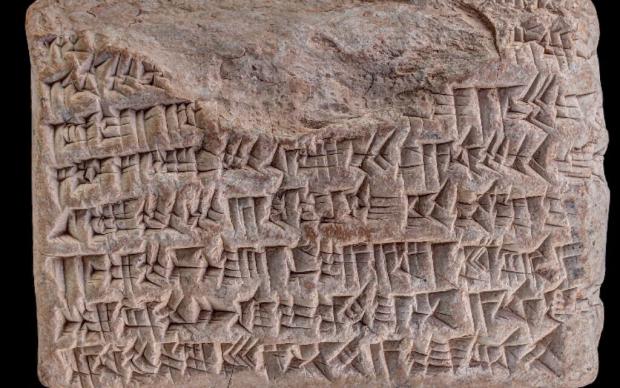
Breaking News
 Quantum walkie-talkie: China tests world's first GPS-free radio for border zones
Quantum walkie-talkie: China tests world's first GPS-free radio for border zones
 RIGHT NOW!: Why was lawyer Van Kessel, of the civil case on the merits in the Netherlands, arrested?
RIGHT NOW!: Why was lawyer Van Kessel, of the civil case on the merits in the Netherlands, arrested?
 PENSION FUNDS PANIC BUYING SILVER - Ratio Below 60 Triggers $50B Wave (Danger Next Week)
PENSION FUNDS PANIC BUYING SILVER - Ratio Below 60 Triggers $50B Wave (Danger Next Week)
 Dollar set for worst year since 2017, yen still in focus
Dollar set for worst year since 2017, yen still in focus
Top Tech News
 EngineAI T800: Born to Disrupt! #EngineAI #robotics #newtechnology #newproduct
EngineAI T800: Born to Disrupt! #EngineAI #robotics #newtechnology #newproduct
 This Silicon Anode Breakthrough Could Mark A Turning Point For EV Batteries [Update]
This Silicon Anode Breakthrough Could Mark A Turning Point For EV Batteries [Update]
 Travel gadget promises to dry and iron your clothes – totally hands-free
Travel gadget promises to dry and iron your clothes – totally hands-free
 Perfect Aircrete, Kitchen Ingredients.
Perfect Aircrete, Kitchen Ingredients.
 Futuristic pixel-raising display lets you feel what's onscreen
Futuristic pixel-raising display lets you feel what's onscreen
 Cutting-Edge Facility Generates Pure Water and Hydrogen Fuel from Seawater for Mere Pennies
Cutting-Edge Facility Generates Pure Water and Hydrogen Fuel from Seawater for Mere Pennies
 This tiny dev board is packed with features for ambitious makers
This tiny dev board is packed with features for ambitious makers
 Scientists Discover Gel to Regrow Tooth Enamel
Scientists Discover Gel to Regrow Tooth Enamel
 Vitamin C and Dandelion Root Killing Cancer Cells -- as Former CDC Director Calls for COVID-19...
Vitamin C and Dandelion Root Killing Cancer Cells -- as Former CDC Director Calls for COVID-19...
 Galactic Brain: US firm plans space-based data centers, power grid to challenge China
Galactic Brain: US firm plans space-based data centers, power grid to challenge China
'World's oldest languages' - that were carved into 5,000-year-old stones...

The mysterious dialect of our ancient ancestors could finally be deciphered in full thanks to artificial intelligence.
A million cuneiform tablets still exist in the world, experts estimate, but these writings left behind by ancient Mesopotamians require tedious work by archaeologists to translate and catalog their contents.
It has been estimated that 90 percent of cuneiform texts remain untranslated.
But now, a team of German researchers has figured out a new way to train computers to recognize cuneiform and even make the contents of millennia-old tablets searchable like a website, making it possible to digitize and assemble larger libraries of these ancient texts.
This could unlock previously unknown details about ancient life, as the tablets contained details about feats as significant as temple construction, all the way down to squabbles as petty as customer service complaints.
The German academics trained an AI on two cuneiform languages, Sumerian and Akkadian.
Sumerian was spoken starting about 5,000 years ago, and it was eventually replaced with Akkadian, but both languages were used in writing until the beginning of the Christian era in Mesopotamia, which occupied modern-day Iraq and parts of what became Iran, Kuwait, Syria, and Turkey.



